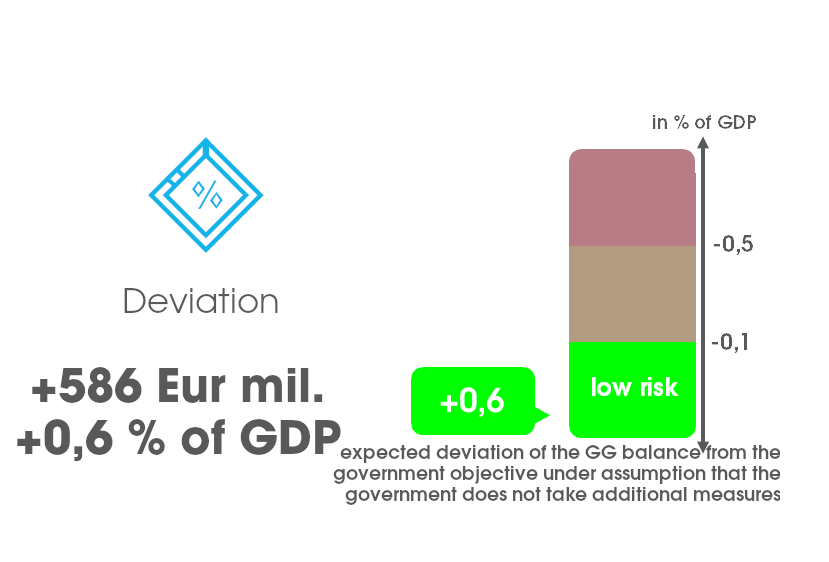The estimated model is firstly employed to identify the structural economic shocks that drive the economy and determine the sources of the forecast uncertainty. The empirical analysis emphasizes the importance of the foreign shocks on domestic GDP, trade and employment growth and high influence of productivity shocks on inflation and labour market dynamics.
Next, using the model we study the response of the economy to a technology shock and to a foreign demand shock under alternative fiscal adjustment scenarios. We find that a well-designed programme involving increases in transfers as well as tax cuts can stabilize the economy in the short run and improve longer-term growth prospects following a shock with adverse fiscal implications. We analyse the consequences of fiscal policy shocks in and away from the steady state of the model. The exercise yields implied fiscal multipliers that are in line with standard literature. Raising capital and labour tax especially is particularly bad for the real economy, mainly in the long run. On the other hand, cutting subsidies and unproductive government consumption are the least harmful way of reducing spending, while reduction in the public wage bill and public investment has negative implications on household consumption and wealth.
Keywords: dynamic stochastic general equilibrium model, simulations, fiscal rules, fiscal multipliers, fiscal consolidation.
JEL Classification: E32, C61, C63, D58, E62, H63, H5



